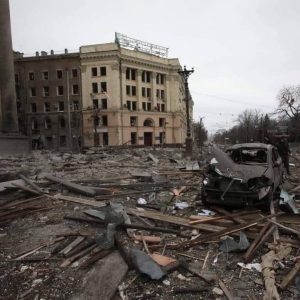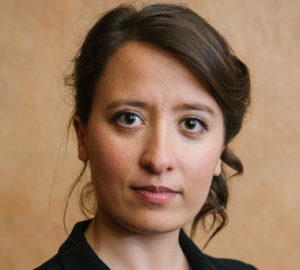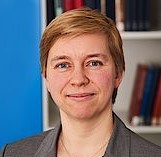Religion and the Russian-Ukrainian War

On 24 February 2022, Russia launched an attack on Ukraine resulting in thousands killed, destruction of Ukrainian cities, and millions of forced displaced persons. Putin’s invasion has become a new part of a bloody tragedy started in 2014 with Russia’s annexation of Crimea and the inflammation of the war in Eastern Ukraine.
The religious component of this conflict has manifested itself in a variety of aspects: from religious justification and rhetoric employed by Russian president Vladimir Putin, to the perception of the war by Russian and Ukrainian Orthodox churches, to the dramatic situation with religious freedom in the territories under Russia and its proxies’ control. These and other issues are discussed in this series.
Posts in the Series:
Dmytro Vovk. Religion and the Russian-Ukrainian Conflict
Elizaveta Gaufman. Religion, the Russian-Ukrainian War, and Social Media
Regina Elsner. The End of Unity: How the Russian Orthodox Church Lost Ukraine
Andriy Fert. Pray Against Foreign Invasion or Pray for Peace? Ukrainian Orthodox Churches and the Russian-Ukrainian War
Andrea Pin. The Madness of War and the Weapons of the Spirit: The Catholic Church and Peace for Ukraine
Kristina Stoeckl. The Use of Religious Arguments for the Justification of the Russian Invasion of Ukraine


